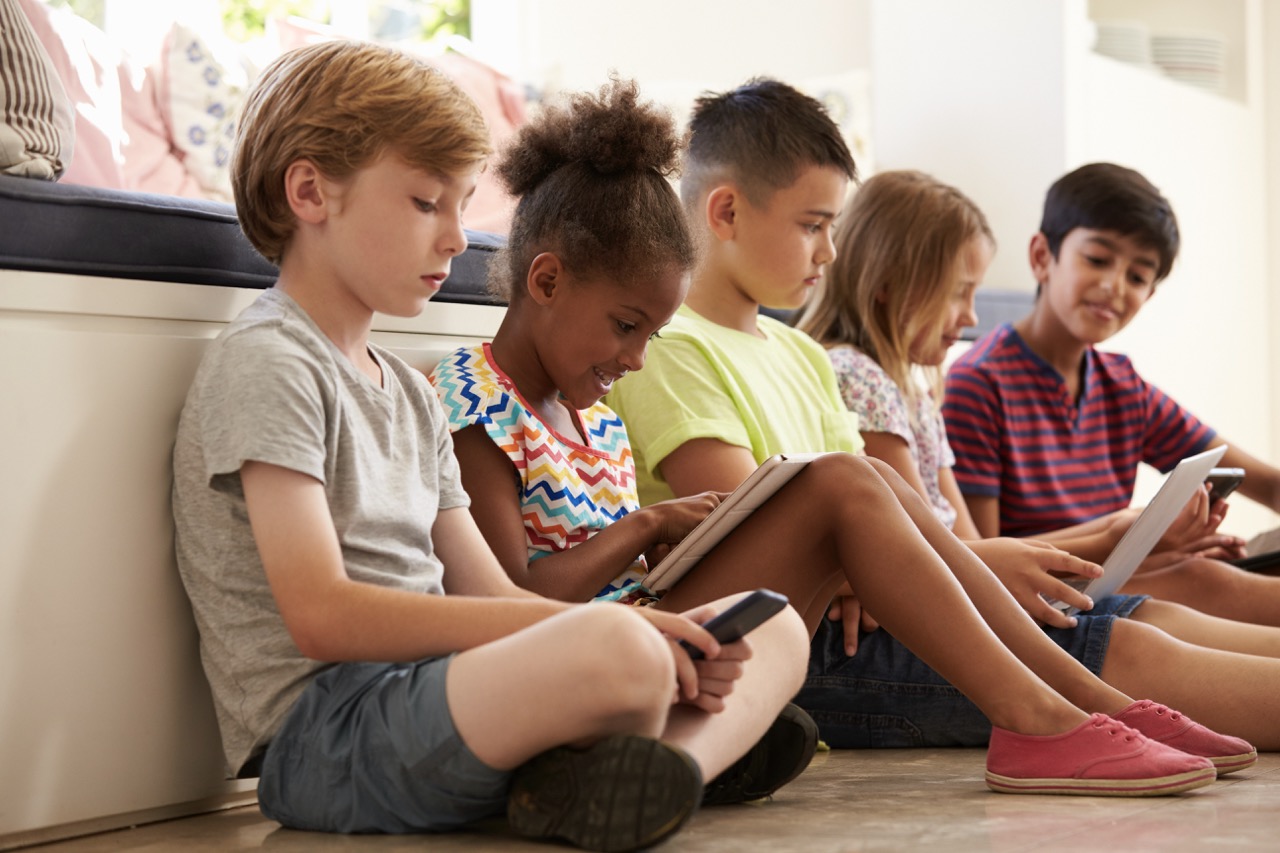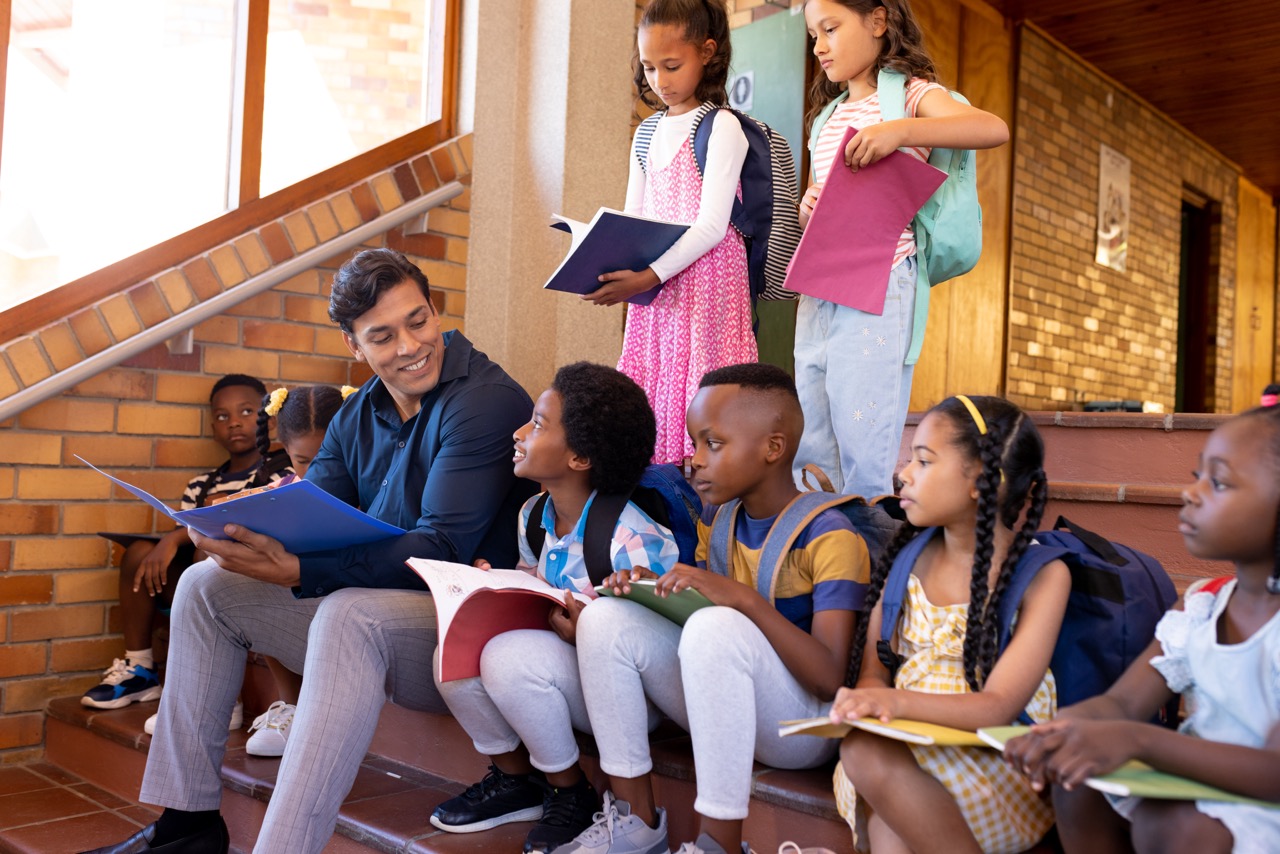In a world overflowing with stories, children’s literature stands out as a vibrant source of inspiration for creativity. The characters, adventures, and lessons found in these pages not only captivate the minds of young readers but also serve as a launchpad for imaginative exploration. By engaging in creative activities inspired by popular kids’ stories, children can deepen their connection to literature while simultaneously honing their artistic and storytelling skills. This article explores various ways to transform beloved tales into hands-on fun, encouraging children to unleash their imaginations.
Unleashing Imagination: Kids’ Stories as Creative Catalysts
Children’s stories often present fantastical worlds filled with unique characters and valuable life lessons. These narratives can ignite a child’s imagination, prompting them to envision their own versions of the tales they adore. By discussing the themes and morals of popular stories like "The Very Hungry Caterpillar" or "Where the Wild Things Are," caregivers can encourage children to think critically about the messages behind the words. This engagement not only builds comprehension skills but also strengthens their ability to extrapolate ideas and create their own narratives.
As children ponder the elements of their favorite stories, they become inspired to craft their tales. Encouraging them to brainstorm new scenarios or alternative endings can spark a delightful tension between the familiar and the novel. Offering prompts such as “What if Peter Pan decided to grow up?” or “How would the story change if Goldilocks befriended the bears?” can lead to exciting discussions and imaginative storytelling opportunities. This exercise not only fosters creativity but also builds confidence in their writing abilities.
Moreover, parents and educators can create an environment that supports imaginative play by providing various materials—such as books, art supplies, and costumes—associated with the stories. This accessibility empowers children to explore their thoughts and feelings about the narratives freely. By fostering a space where creativity is encouraged, children can create an emotional connection to literature that will last a lifetime.
Crafting Adventures: DIY Projects from Beloved Tales
Crafting projects inspired by children’s stories can transform reading into an engaging, hands-on experience. Whether it’s creating a "Horton Hears a Who!" elephant or building a cardboard castle reminiscent of a fairy tale, DIY activities allow kids to delve deeper into the worlds they read about. Such crafts not only reinforce their understanding of the stories but also provide opportunities for collaborative play with family and friends, making literature a shared joy.
The process of crafting also teaches children essential skills such as planning, problem-solving, and fine motor coordination. For example, creating a simple puppet theater for a retelling of "The Three Little Pigs" encourages kids to think about stage direction, character movement, and the flow of storytelling. Parents can guide their children through the steps of crafting or allow them to take the lead, ensuring the experience is both educational and enjoyable.
Additionally, themed craft days centered around a particular story can elevate the excitement surrounding reading. Bringing together friends or family for a shared crafting session creates a community of young creators, each contributing their interpretation of a beloved tale. These collaborative sessions not only enhance social skills but also provide children with diverse perspectives on the same story, fostering an appreciation for different interpretations.
Storytime to Art Time: Painting Scenes from Favorites
Art can serve as an excellent medium for children to express their understanding and feelings about the stories they love. By transitioning from storytime to art time, children can visualize their favorite scenes, characters, and emotions through various artistic techniques. Whether it’s painting, drawing, or collage-making, this transition allows them to explore their creativity while reinforcing the narrative elements that inspired them.
For example, after reading "The Gruffalo," children could be invited to paint their interpretations of the Gruffalo or the enchanting forest setting. This type of activity encourages them to use their imagination while also honing their artistic skills. Painting not only provides an emotional outlet but also helps them process the story’s themes and character dynamics in a visceral way, deepening their engagement with the literature.
Parents can further enhance this experience by creating a gallery display of the children’s artwork, celebrating their creative interpretations of beloved stories. This validation encourages children to take pride in their creations and fosters a sense of accomplishment. Additionally, they can invite friends and family to view their art, sharing the narratives behind each piece, thus reinforcing both storytelling and artistic expression.
Role-Playing Fun: Bringing Characters to Life at Home
Role-playing is a powerful way for children to connect with their favorite stories and characters. By embodying characters like Harry Potter or Alice in Wonderland, children can explore different perspectives and emotions, enhancing their understanding of the narrative. Role-play encourages empathy and fosters social skills, allowing children to navigate relationships through the lens of their chosen characters.
Setting up a dedicated space for role-playing can make the experience even more immersive. Costumes, props, and themed decorations can help transform a living room into a forest adventure or a magical castle, providing the backdrop for creative play. Parents can join in on the fun, helping to guide the storyline or introducing new plot twists that encourage creative thinking. This collaborative playtime not only strengthens family bonds but also reinforces the importance of literature in everyday life.
Furthermore, children can create their own scripts based on the stories they love, allowing them to explore narrative structure and dialogue. By acting out scenes or even performing for family members, children develop their communication skills and confidence. This form of engagement with literature promotes a lasting love for storytelling and encourages children to see themselves as creators, not just consumers of stories.
Writing New Endings: Encouraging Young Storytellers
Encouraging children to write alternate endings for their favorite stories can ignite their imaginations and enhance their writing skills. By pondering “What happens next?” or “What if the ending were different?” children explore themes of narrative structure and character development. This practice fosters critical thinking and allows for personal expression, encouraging young writers to analyze the choices made by authors while also considering their own narrative voice.
Incorporating writing prompts and brainstorming sessions can help children formulate their ideas. Parents can guide them by asking questions like, “How would you change the outcome of Cinderella?” or “What if the Little Mermaid lived on land instead of the ocean?” Providing a supportive environment where kids feel comfortable sharing their ideas is paramount, as it nurtures their confidence and creativity.
Beyond just writing, children can be encouraged to share their new endings through storytelling sessions, where they present their work to family and friends. This not only motivates them to refine their writing but also reinforces the concept of narrative sharing. By celebrating their unique interpretations and encouraging feedback, young storytellers learn to appreciate diverse voices and perspectives, enriching their literary experiences.
From Page to Play: Interactive Games Inspired by Stories
Transforming stories into interactive games can turn reading time into an engaging playdate. Board games, scavenger hunts, or even simple card games can be designed with themes and characters from popular children’s literature. This playful approach not only reinforces comprehension but also fosters teamwork and critical thinking skills, as children navigate challenges and solve puzzles related to their favorite tales.
For instance, a scavenger hunt inspired by "The Adventures of Tintin" could lead children on a quest to find clues that relate to the story’s plot. This activity not only promotes physical activity but also encourages cooperative play, as children work together to solve mysteries. It cultivates valuable social skills, including communication and collaboration, all while deepening their understanding of the narrative.
Additionally, families can create homemade games that incorporate elements from their favorite stories, such as a "Guess the Character" charades game or a trivia quiz based on book facts. This interactive approach fosters a love of reading while making literature exciting and dynamic. By blending learning with play, children develop a lifelong appreciation for storytelling and an eagerness to explore new books and ideas.
Creativity and literature are intertwined in a way that allows children to explore their imaginations while learning valuable skills. By engaging in creative activities inspired by popular kids’ stories, children not only enhance their artistic and storytelling abilities but also deepen their emotional connections to the narratives they love. These activities encourage kids to think critically, collaborate with peers, and express their thoughts and feelings creatively. As they embark on these imaginative adventures, children build a foundation of confidence and curiosity that will serve them well throughout their lives. Embracing the magic of stories through art, role-play, and writing empowers children to become not only avid readers but also passionate creators of their own literary journeys.










